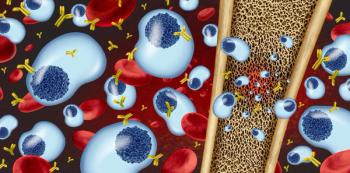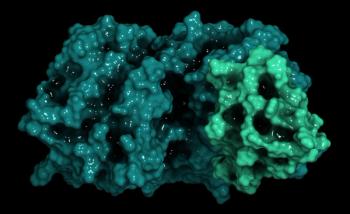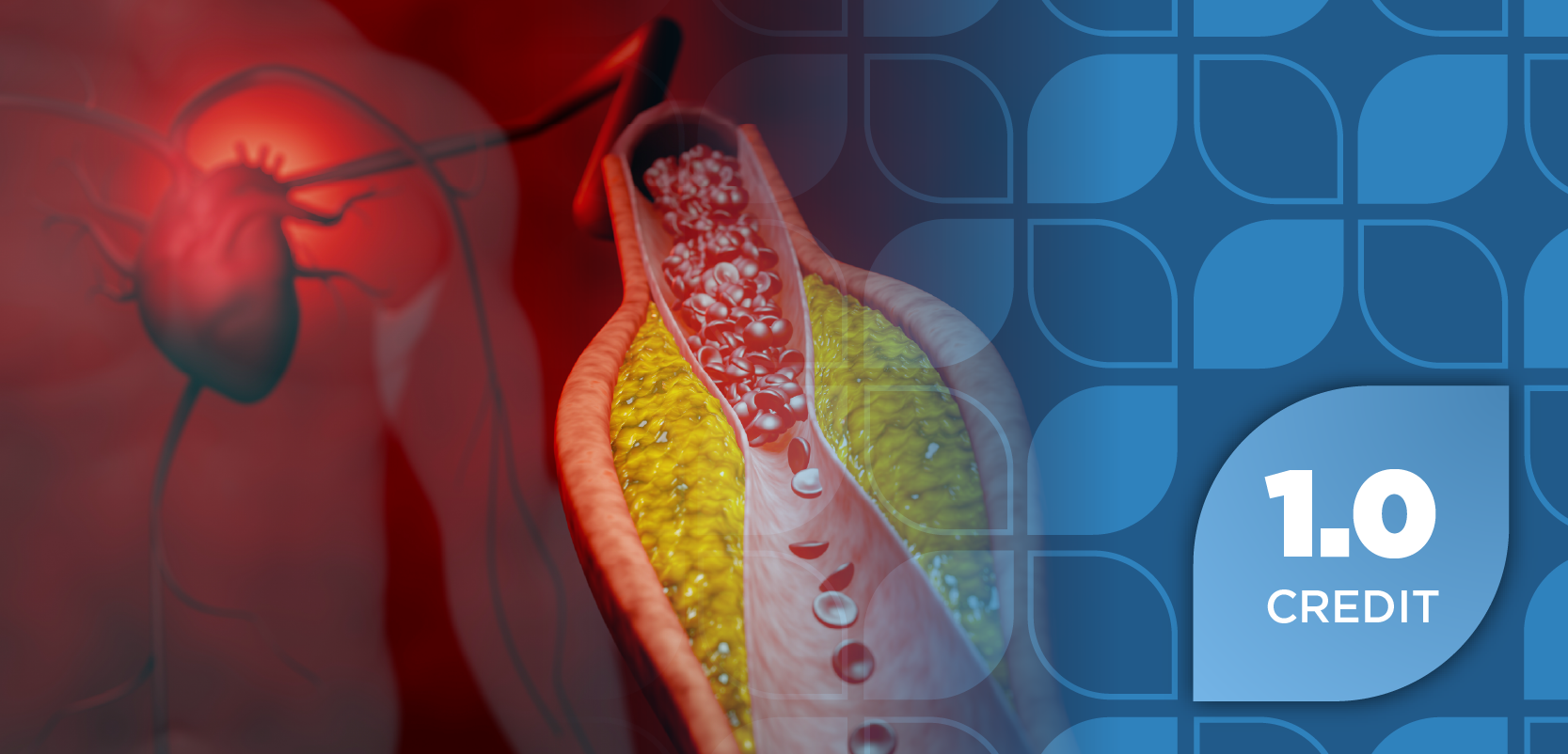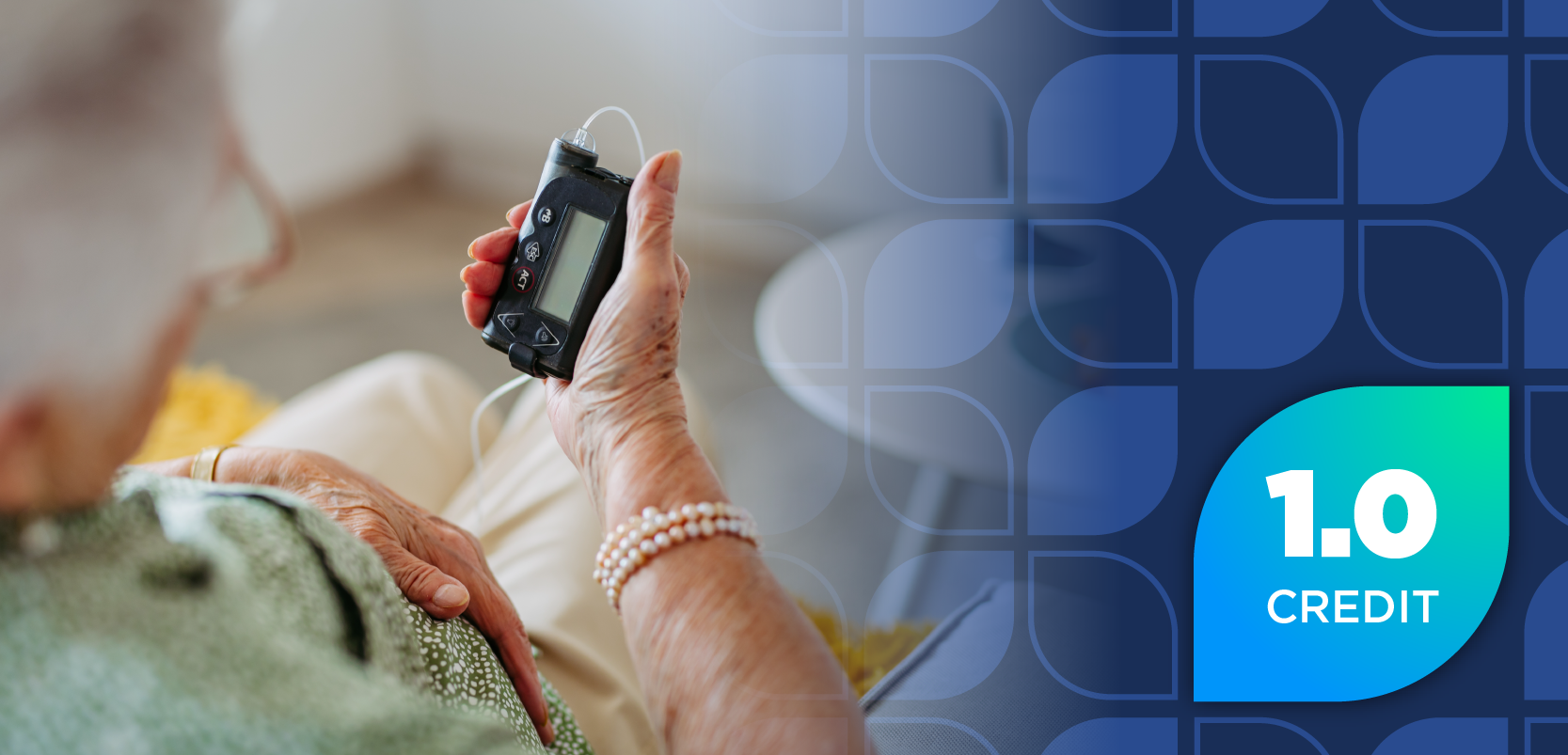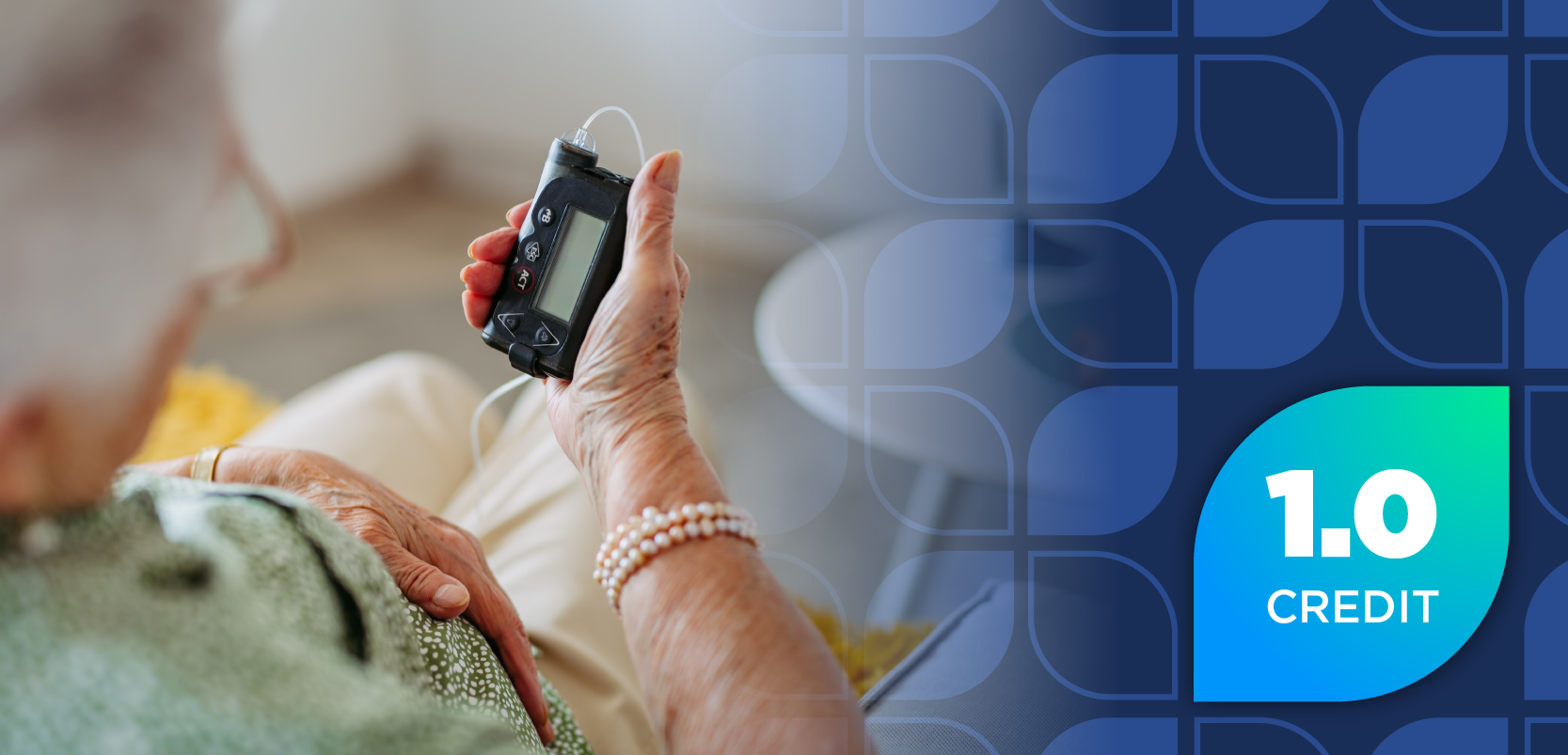
Collaborative Management of Severe Pericarditis: The Role of Pharmacists in Rilonacept Treatment
Pharmacists play a critical role in managing complex pericarditis cases.
In an interview with Pharmacy Times®, Allan L. Klein, MD, FRCP (C), FACC, FAHA, FASE, FESC, director of Cleveland Clinic Center for the Diagnosis and Treatment of Pericardial Diseases, and Sean Krohn, PharmD, CSP, MSCS, lead clinical pharmacist, specialty pharmacy, at Cleveland Clinic, discussed a complex case of severe pericarditis in an older patient who could not tolerate traditional treatments such as nonsteroidal anti-inflammatory drugs (NSAIDs) or colchicine. The medical team, in collaboration with pharmacists, opted to use rilonacept and worked to expedite its delivery to the patient upon hospital discharge. Krohn highlighted the pharmacy team's role in prioritizing urgent medication needs, conducting comprehensive drug interaction checks, and monitoring potential adverse effects such as immunosuppression and injection-related reactions. Klein emphasized the importance of careful follow-up, medication tapering, and ongoing monitoring to ensure the patient's successful treatment and management of pericarditis.
Pharmacy Times: Could you describe a specific instance where collaboration with a pharmacist proved particularly beneficial in managing a patient with pericarditis treated with rilonacept? What specific contributions did the pharmacist make?
Allan L. Klein, MD, FRCP (C), FACC, FAHA, FASE, FESC: I will give you a scenario. Just recently, I saw a gentleman in the outpatient clinic who had pretty severe, recurrent pericarditis. He couldn't be on NSAIDs because of renal insufficiency, and he wasn't tolerating the colchicine, and he had severe inflammation...and he had had many emergency department visits in the past month. There are 2 ways to go [in a case such as] this. I can just give him steroids and say, "Start 40 mg of prednisone." But that's not such a wise thing, and I believe he was 85 years old, so we decided to admit him. That's where the pharmacist played a major role, and also the industry that makes the rilonacept. We admitted him to the hospital. We gave instructions to try to restart colchicine in a smaller dose, no NSAIDs, and instead of prednisone, we gave him anakinra. Although it's a certain approved process, we didn't want him on anakinra long term. We wanted him on rilonacept. My team, the nurse practitioner coordinator, contacted the pharmacy. Basically, we did the paperwork for rilonacept, which would take some time, and maybe Sean can go over that process. But we phoned the company that makes it. We asked for a fast-track approach so when the patient leaves the hospital on anakinra, he would stop the anakinra, and the rilonacept would be delivered to his door. This happened on a mission on a Thursday, and he had been discharged on a Monday or Tuesday, and he had rilonacept at his door. Maybe Sean could elaborate further on that whole process of getting things fast-tracked or just getting things initiated.
Sean Krohn, PharmD, CSP, MSCS: I think in this particular scenario, it's very important to know how to prioritize the more urgent situations, such as this one, to get patients out of the hospital as quickly yet safely as possible, knowing the extenuating circumstances for this patient. I think we did a special weekend delivery for this patient. A lot of times, the patient's discharge may be dependent on the patient receiving medication. Our pharmacy team here is trained to know how to prioritize those particular situations.
Pharmacy Times: What role do you see the pharmacist playing in monitoring patients on rilonacept for potential adverse effects or drug interactions? Are there specific laboratory parameters or clinical signs that you would want the pharmacist to be particularly vigilant about?
Krohn: We typically look at immunosuppression and injection-related reactions when we monitor our rilonacept patients. We also look, for example, at the potential for hyperlipidemia. We want to see that baseline lipid panel, in addition to the typical baseline comprehensive metabolic panel, complete blood count, tuberculosis tests, and hepatitis B, to rule out any active or latent infections, as well as any undiagnosed hyperlipidemia, for which we would weigh the risk vs the benefit of starting a patient on rilonacept. In terms of drug interactions, our clinical pharmacists perform a comprehensive drug-drug interaction check prior to arranging the initial rilonacept delivery. Any interactions, for example, with another immunosuppressive biologic, can be addressed proactively. We advise patients to monitor on their end and report any increased incidence of infections. Whether it be increased incidence of upper respiratory infections or generalized infections with this medication.
Klein: In terms of our follow-up in the outpatient, we have a pericardial center, and that's manned by several cardiologists who see these patients. We have a pericardial coordinator that sees these patients as well and follows up. If I were to visit on day 1, 3 months later, the nurse practitioner would follow up with the patient and monitor for any adverse effects. One thing you should know is that once you start the rilonacept, you're trying to wean off quickly within the 12 weeks. Often, they're on ibuprofen, steroids, and colchicine. It's important to make sure they're tapering those other medicines appropriately and that their chest pain has disappeared. Rarely do we see some adverse effects, and then we work with the pharmacist to make sure that the dosing is correct as well. We do monitor very, very carefully. The major adverse effect would be the upper respiratory tract infection; they have more colds, and sometimes where they inject it may get red. There is a lot of collaboration with the pharmacy on this. Once again, it is benign medicine but can have some adverse effects as well.
Newsletter
Stay informed on drug updates, treatment guidelines, and pharmacy practice trends—subscribe to Pharmacy Times for weekly clinical insights.


